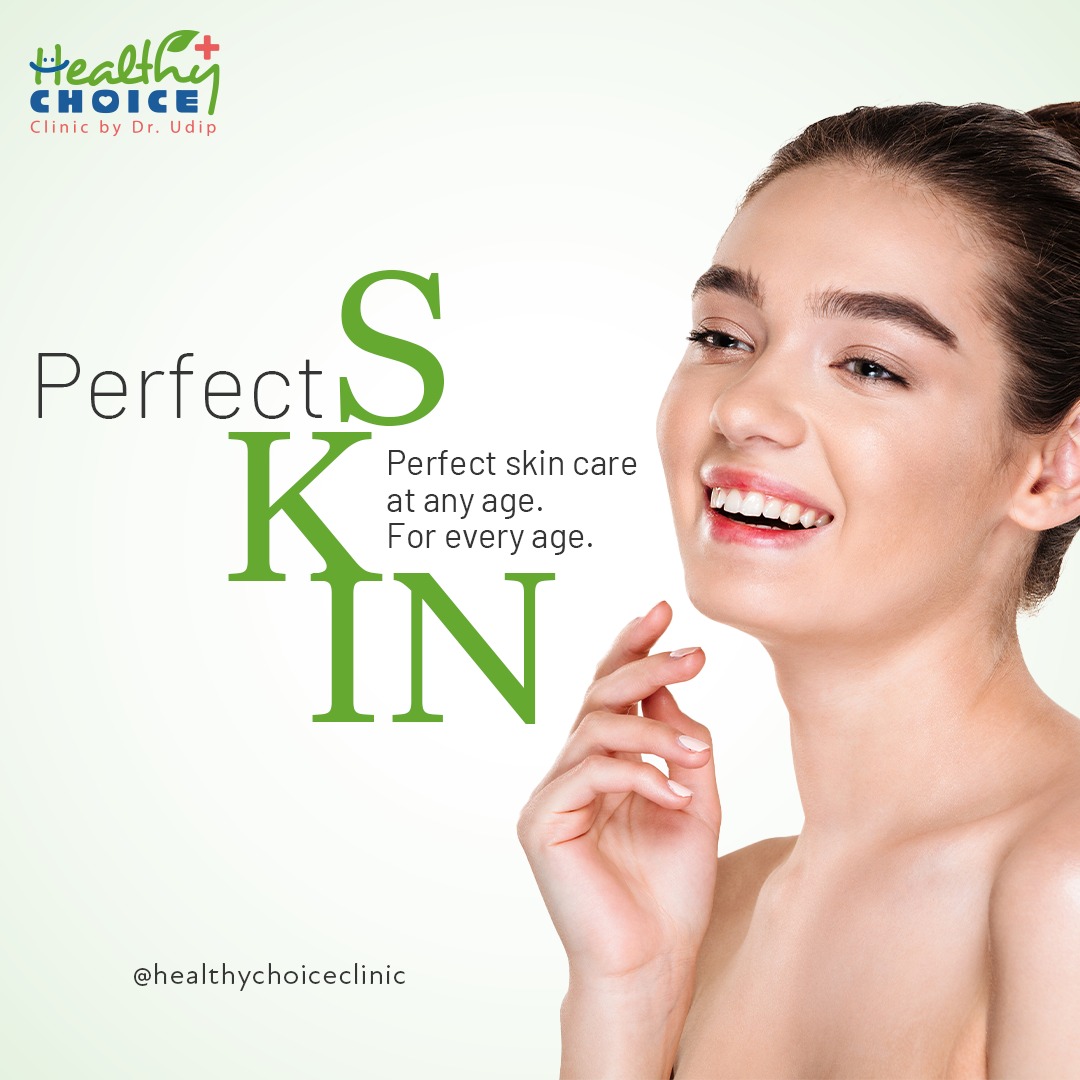Birthmarks

Birthmarks: What You Should Know?
Birthmarks are a prevalent occurrence characterized by abnormal skin markings that emerge in infants either at birth or soon after. They exhibit a wide variety of features, including variations in size, shape, color, and texture, and are generally benign. Although many birthmarks naturally diminish or vanish as time goes on, certain types can endure into adulthood.
Birthmarks are generally considered a normal occurrence for many individuals, but they can cause discomfort for some due to their varying sizes and shapes. It is important to understand that birthmarks have underlying causes and can be effectively treated. To acquire a deeper understanding of birthmarks, it is recommended to review the following information provided below.
Types of birthmarks
There are different types of pigmented birthmarks, including:
- Café-au-lait spots: These are light brown patches that can be present at birth or develop during early childhood.
- Mongolian spots: These are blue or gray patches commonly found on the lower back or buttocks of babies with darker skin.
- Congenital melanocytic nevi: These are dark, raised, or bumpy birthmarks that vary in size and can be present at birth.
Vascular birthmarks include:
- Salmon patches or stork bites: These are flat, pink, or red patches typically found on the back of the neck, eyelids, or forehead.
- Port-wine stains: These are red or purple patches that persist throughout life and can appear on any part of the body.
- Strawberry hemangiomas: These are raised, bright red, or purplish growths that appear soon after birth and gradually fade over time.
Other types of birthmarks include:
- Epidermal melanocytic nevi: These are raised or flat, brown or black birthmarks that come in various sizes and shapes.
- Becker’s nevus: These are large, tan, or brown birthmarks that typically occur in males and tend to darken during adolescence.
- Dermal melanocytotic or blue-gray nevus: These are blue or gray patches commonly found on the lower back or buttocks of individuals with darker skin.
It is important to note that birthmarks can vary in appearance and may not cause any health concerns. However, if you have any concerns about a birthmark, it is advisable to consult with a healthcare professional or dermatologist for a proper evaluation and guidance.
Is there any risk associated with birthmarks?
The risk associated with it is determined by the type of birthmark. Some risks depending upon its types are:
- Large congenital melanocytic nevi: This type of birthmark is large and darkly pigmented and spotted in specific areas of the body. It may not be that much of a concern but there is a possibility of developing melanoma which is a skin cancer. So, having it checked once would be recommended if you have such a type of birthmark.
- Port-wine stains affecting the face or head: Port-wine stains that involve the face or head can sometimes be associated with certain underlying conditions, such as Sturge-Weber syndrome. This syndrome can involve neurological complications, such as seizures or intellectual disabilities. It is important to consult with a healthcare professional if a port-wine stain is present on the face or head to assess any associated risks.
- Ulceration or bleeding: Certain types of birthmarks may cause ulceration and bleeding such as hemangiomas which can be caused when it is damaged. Having your birthmark checked would be a better option for you than tolerating the discomfort of it.
Most birthmarks are very common and do not cause any harm. However, if you notice your birthmark changing in size and color then you should probably pay attention to it and get it checked by the doctor. Other than that, if your birthmark is not appealing to you affecting your appearance then you can have it removed.

Treatments option for birthmarks
At Healthy Choice Clinic, we specialize in utilizing advanced treatment methods, such as Pico laser, for the effective removal of birthmarks. Pico laser has proven to be highly successful in our clinic and is considered one of the most effective options for birthmark removal. Our team of skilled professionals is experienced in performing Pico laser treatments and is dedicated to providing exceptional care to our patients seeking birthmark removal services. By utilizing ultra-short pulses of laser energy, Pico laser technology precisely targets the pigment within the birthmark while minimizing damage to the surrounding skin. This treatment works by breaking down the pigmented cells, allowing the body’s natural processes to gradually eliminate them over time. Pico laser treatment is particularly well-suited for pigmented birthmarks like café-au-lait spots and epidermal melanocytic nevi. It can significantly lighten the appearance of the birthmark and enhance the overall texture and tone of the skin.
The number of Pico laser sessions required to treat a birthmark will vary depending on factors such as the size, depth, and characteristics of the birthmark. Typically, multiple treatment sessions are necessary, spaced several weeks apart, to achieve optimal results. The duration of each session will depend on the specific nature of the birthmark, ranging from a few minutes to over an hour.
In conclusion, birthmarks are common skin abnormalities that can appear in infants at birth or shortly after. They come in various types, including pigmented birthmarks, vascular birthmarks, and other less common variations. While most birthmarks are harmless and may fade or disappear over time, some can persist into adulthood We offer high-quality treatments for birthmark removal, providing individuals with the option to have their birthmarks removed if they choose to do so. Our goal is to deliver excellent and effective treatments that address the specific needs and desires of our patients. Whether you decide to pursue birthmark removal is a personal choice, and we are here to support you by offering top-notch treatments tailored to your requirements.

